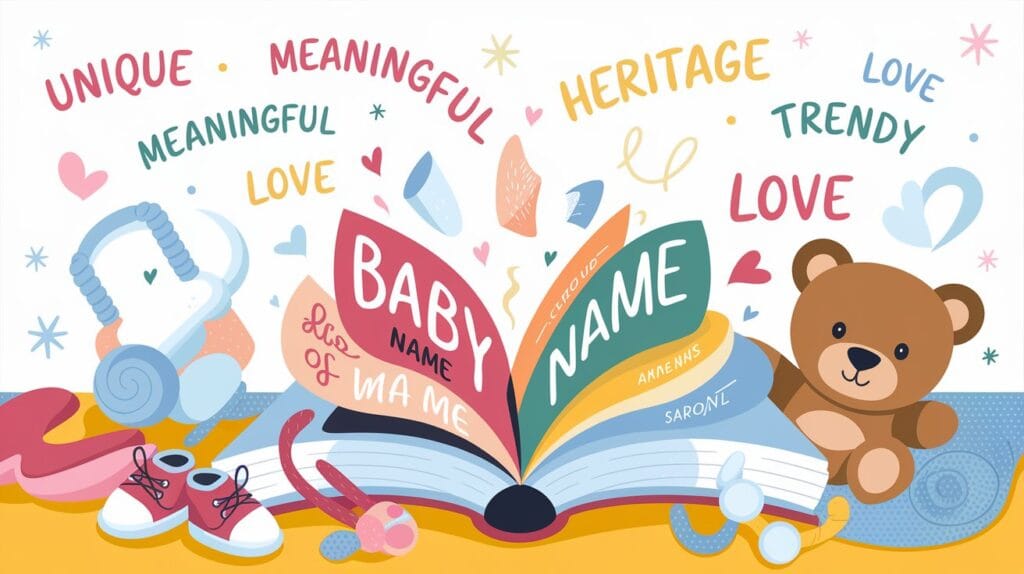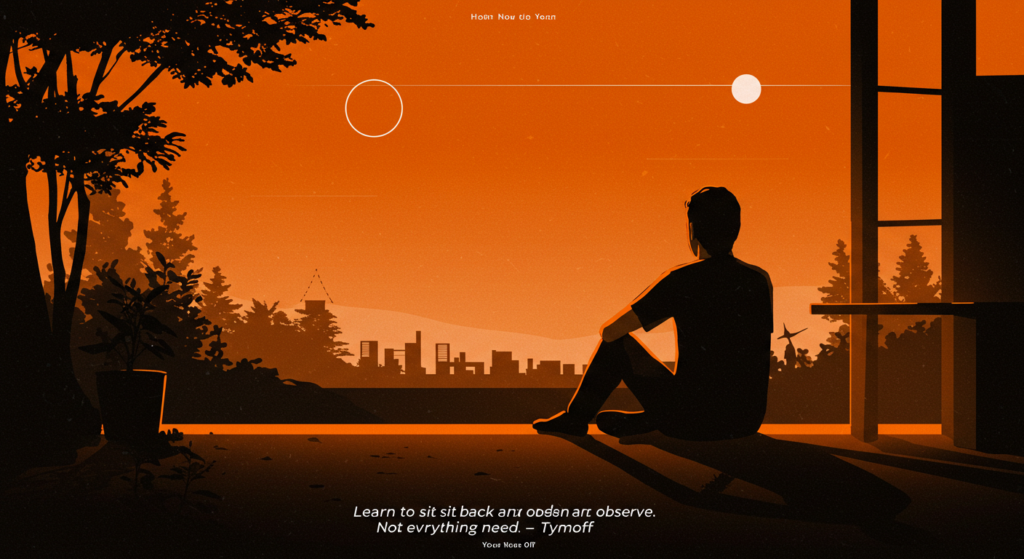In the ever-evolving landscape of social media, influencers have taken center stage. They inspire, entertain, and influence millions of followers with their daily lives, aspirational content, and curated personas. But with the spotlight comes intense scrutiny—and sometimes, influencers stray far from the polished image they work so hard to project. “Influencers Gone Wild” isn’t just a tabloid trope; it’s a growing phenomenon fueled by missteps, outrageous behavior, and moments that leave audiences stunned.
Here, we dive into some of the craziest moments where influencers’ actions went viral for all the wrong reasons, sparking backlash, memes, and heated debates across the digital world.
The Publicity Stunts That Backfired
Publicity stunts are a tried-and-true tactic for gaining attention, but when executed poorly, they can lead to disaster. One infamous example involved a fitness influencer who staged a fake rescue mission to “save” a stray dog in an urban setting. The video, while initially heartwarming, was later debunked by eagle-eyed viewers who noticed inconsistencies in the footage. Not only did this erode her credibility, but it also sparked widespread outrage over exploiting an animal for clout.
Another memorable misstep came from a travel influencer who faked a plane crash scenario. In an elaborate scheme to promote her survival skills, she released a dramatic video showing her supposedly escaping a crash site. However, aviation experts and viewers quickly dissected the clip, revealing it was staged with rented props. The backlash was swift, with accusations of insensitivity toward real crash survivors dominating the conversation.
Tone-Deaf Content During Crises
The gap between influencer culture and real-world events often creates tension. Some influencers have been called out for posting tone-deaf content during global or national crises. A particularly glaring example occurred during the height of a humanitarian disaster when a beauty influencer posted a photo of herself lounging by a pool with the caption, “Sending love and light to those affected.” The post was widely criticized for its insensitivity and lack of tangible support for those suffering.
Similarly, a high-profile fitness guru faced backlash for promoting a luxury retreat during a pandemic lockdown. While many people were grappling with job losses and health concerns, her invitation to “escape the chaos and find inner peace” at an exclusive resort felt disconnected and elitist. The uproar led to an apology, but the damage to her reputation was already done.
The Rise and Fall of Prank Culture
Pranks have long been a staple of influencer content, but when boundaries are pushed too far, the fallout can be severe. One notorious case involved a prank channel duo who staged a robbery in a public park. They dressed as masked criminals, startling unsuspecting passersby, and capturing their frightened reactions on camera. The prank escalated when one individual, believing the robbery was real, called the police. The influencers were arrested and faced legal consequences, sparking a larger conversation about the ethics of prank content.
Another incident saw a food influencer pour gallons of milk and cereal onto a grocery store floor to create a “funny” video. The stunt not only disrupted the store’s operations but also wasted food, angering viewers who felt the act was wasteful and disrespectful. The influencer’s justification that it was “just a joke” only added fuel to the fire, demonstrating how quickly humor can turn into outrage.
Dangerous Challenges Gone Viral
Influencers often participate in viral challenges to stay relevant, but some challenges pose serious risks. A fitness influencer gained notoriety after attempting a weightlifting challenge where she tried to bench-press an absurdly heavy weight without proper safety equipment. The stunt ended in injury, and her followers—many of whom were impressionable young fitness enthusiasts—criticized her for promoting unsafe practices.
In another instance, a beauty influencer sparked controversy by promoting a DIY chemical peel challenge. Encouraging followers to mix household products for “glowing skin,” she inadvertently caused harm when several people reported burns and adverse reactions. The incident highlighted the potential dangers of unverified advice, especially in the beauty and wellness spheres.
Exposed for Living a Double Life
Authenticity is one of the most valued traits in the influencer world, but when that authenticity is revealed to be a façade, the fallout can be explosive. One fitness influencer built her brand around a strict vegan lifestyle, frequently criticizing those who consumed animal products. However, a leaked video showed her eating fish at a restaurant, sparking accusations of hypocrisy. Her followers felt betrayed, and the controversy led to a significant drop in her engagement and sponsorships.
Another dramatic exposé involved a luxury lifestyle influencer who regularly posted about her “millionaire” status and lavish vacations. Investigative followers uncovered that many of her photos were taken at rental properties and that her designer bags were counterfeit. The scandal unraveled her carefully curated image and raised questions about how many influencers fabricate their online personas.
Clashes with Fans and Critics
Engaging with followers is a cornerstone of influencer culture, but not every interaction goes smoothly. One influencer’s meltdown during a livestream became a cautionary tale. Frustrated by critical comments, she lashed out at her audience, calling them “ungrateful” and threatening to quit social media. The clip went viral, with many labeling her behavior as entitled and unprofessional.
A similar incident occurred when a beauty vlogger responded to a negative review of her makeup line. Instead of addressing the critique constructively, she attacked the reviewer personally, leading to widespread backlash. The incident not only tarnished her reputation but also impacted sales of her product line.
Redemption Stories and Lessons Learned
Despite these wild moments, some influencers have managed to bounce back and rebuild their reputations. A notable example is a travel influencer who was caught photoshopping exotic locations into her posts. After being exposed, she publicly admitted to her mistakes and shifted her focus to affordable, realistic travel tips. Her transparency resonated with followers, allowing her to regain trust over time.
Another influencer’s redemption arc involved addressing her involvement in a problematic prank video. She issued a heartfelt apology, donated to relevant charities, and pledged to create more thoughtful content. While her actions couldn’t erase the past, they demonstrated a willingness to learn and grow, earning her a second chance in the eyes of many.
Conclusion
The world of influencers is as unpredictable as it is fascinating. For every moment of inspiration and connection, there’s a cautionary tale of what happens when the pursuit of fame and clout goes too far. These wild moments serve as a reminder that while influencers may live in a digital realm, their actions have real-world consequences. As audiences, we have the power to hold them accountable, celebrate their growth, and learn from their mistakes.



